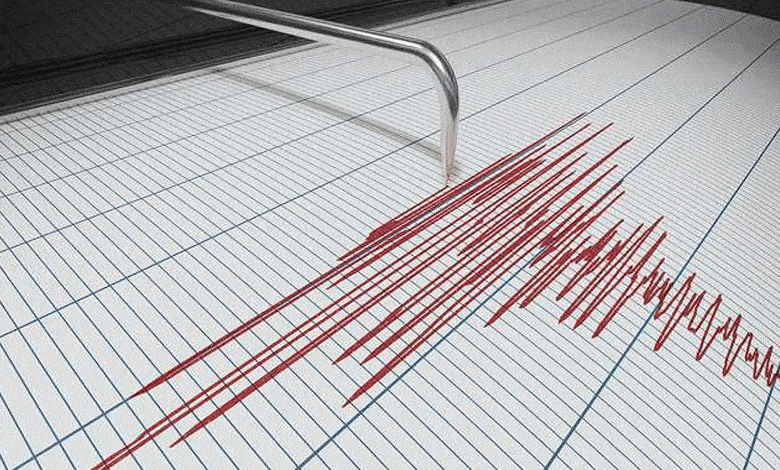Earthquake of Magnitude 5.1 Strikes Bay of Bengal, Tremors Felt in Kolkata
"An earthquake of magnitude 5.1 struck the Bay of Bengal on February 25, 2025, with tremors felt in Kolkata and parts of West Bengal. No damage or casualties reported. Stay updated on seismic activity and safety measures."

New Delhi: An earthquake of magnitude 5.1 on the Richter scale struck the Bay of Bengal early on Tuesday morning (February 25, 2025), with tremors being felt in Kolkata and several parts of West Bengal.
The National Center for Seismology (NCS) reported that the earthquake occurred at 6:10 a.m. IST at a depth of 91 kilometers.
Table of Contents
Details of the Bay of Bengal Earthquake
According to the official statement shared by NCS on the social media platform X (formerly Twitter), the earthquake’s epicenter was located at:
- Magnitude: 5.1
- Date & Time: 25/02/2025 at 06:10:25 IST
- Latitude: 19.52° N
- Longitude: 88.55° E
- Depth: 91 km
- Location: Bay of Bengal
Impact of the Earthquake on Kolkata and West Bengal
Kolkata, which falls under Seismic Zone III, is classified as a moderate-risk area for earthquakes. While the city does not experience frequent major earthquakes like the Himalayan region, Northeast India, or Gujarat, mild tremors are occasionally felt due to seismic activity in Nepal, North-East India, or the Bay of Bengal.
Since the earthquake originated at a depth of 91 km, the tremors on the surface were mild. Shallow earthquakes, occurring at depths of 5 to 10 km, typically cause more destruction, but deeper earthquakes, like today’s event, tend to have a lower intensity of surface shaking.
Panic in Kolkata as Tremors Were Felt
Despite the moderate magnitude of the earthquake, tremors were reported across various parts of Kolkata and nearby regions in West Bengal. Many residents took to social media to share their experiences, with some reporting light shaking of furniture and ceiling fans. However, there were no immediate reports of damage or casualties.
Residents of high-rise buildings in the city felt the tremors more prominently, as seismic waves tend to have a stronger impact on taller structures. People in some areas stepped out of their homes as a precautionary measure, though the situation soon returned to normal.
Recent Seismic Activity in India and Neighboring Regions
This earthquake follows a series of seismic events that have been recorded in India and neighboring regions in recent months.
- On January 8, 2025, mild tremors were felt in Kolkata following a powerful earthquake in Tibet and parts of Nepal.
- On February 17, 2025, an earthquake of magnitude 4.0 struck Delhi, with stronger tremors experienced in the national capital due to its proximity to the epicenter.
Why Do Earthquakes Occur in the Bay of Bengal Region?
The Bay of Bengal is seismically active due to the presence of tectonic plate interactions. The Indian Plate and the Eurasian Plate constantly exert pressure on each other, leading to stress accumulation that is eventually released in the form of earthquakes.
Additionally, the Sunda Megathrust, which runs along the eastern edge of the Indian Ocean, is another major source of seismic activity. Large earthquakes originating in this region have the potential to trigger tsunamis, though today’s earthquake did not pose any tsunami threat.
Safety Measures and Preparedness for Future Earthquakes
While today’s earthquake did not cause significant damage, experts emphasize the importance of earthquake preparedness, especially for cities like Kolkata that fall within Seismic Zone III. Some essential safety tips include:
- Also Read | 5.3 Magnitude Earthquake Hits Telangana
- During an Earthquake: Drop, cover, and hold on. Take shelter under sturdy furniture to protect yourself from falling objects.
- For High-Rise Residents: Avoid elevators and use stairs if evacuation is necessary.
- After the Tremors Stop: Check for structural damage, gas leaks, or broken electrical lines. Follow updates from authorities.
- Emergency Kit: Keep a disaster preparedness kit with essentials like water, food, flashlights, and a first aid kit.
